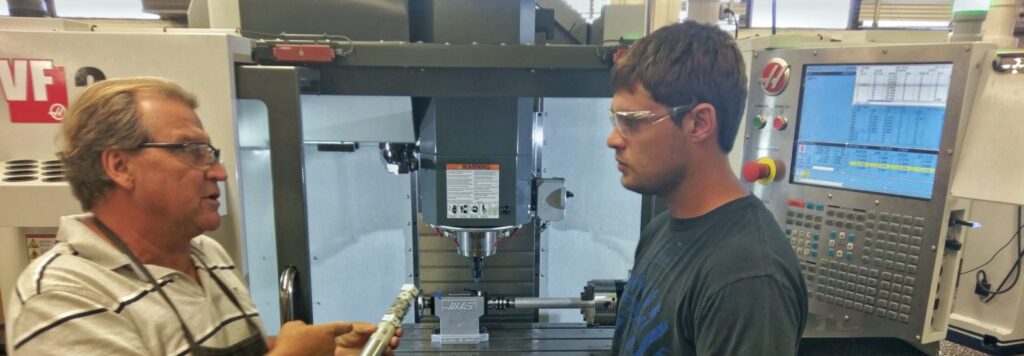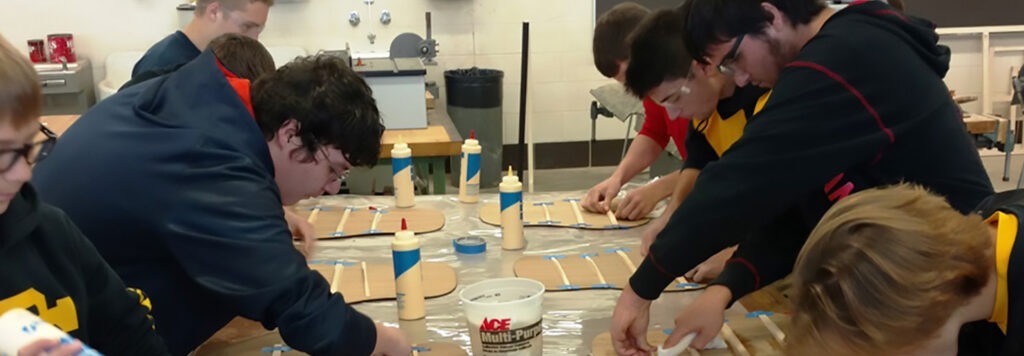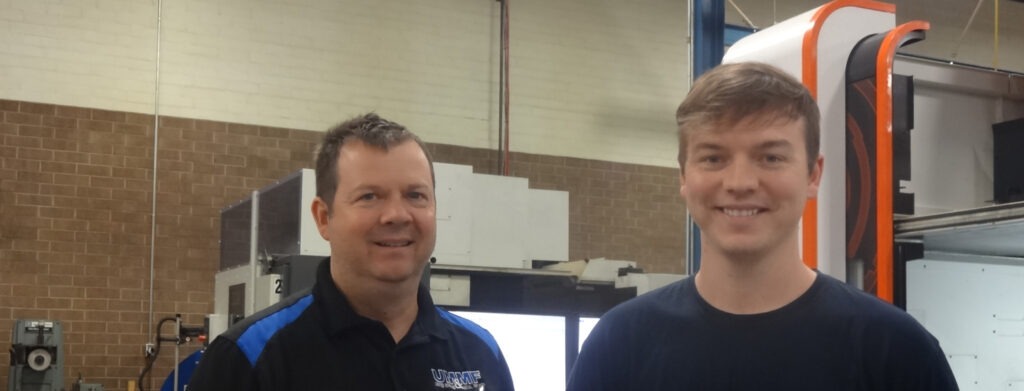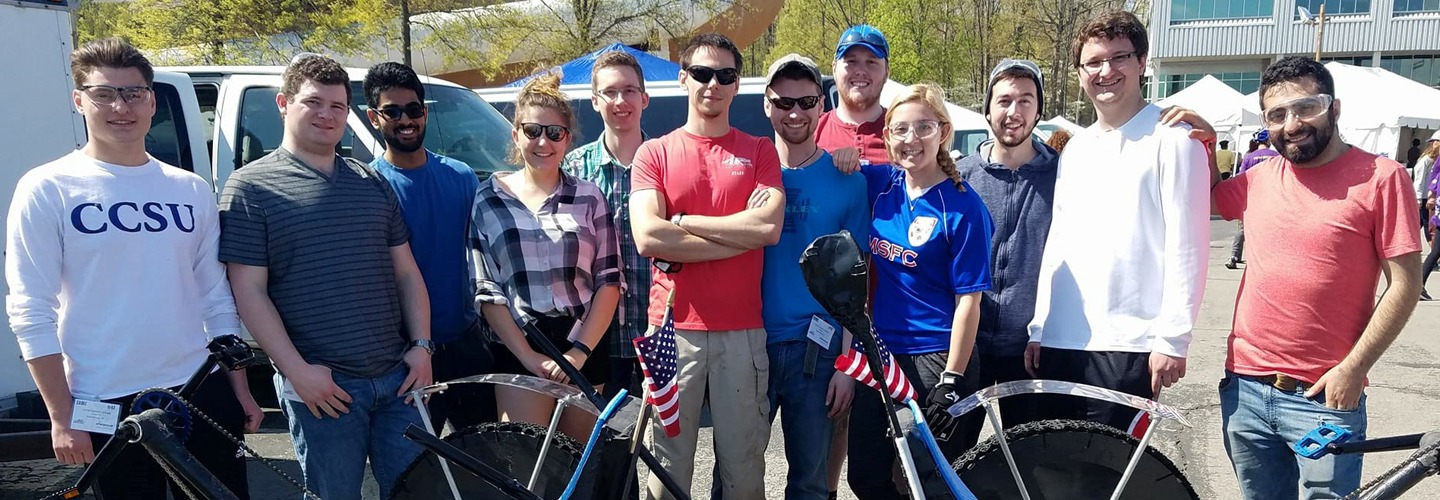
CAD Software Inspires Creation of Student-Designed Rover Vehicle
For thousands of aspiring engineers, the NASA Human Exploration Rover Challenge is the highlight of their student careers. High school and college teams are invited to design, build, and test technologies that enable rovers to operate in harsh environments. Hosted by NASA’s Marshall Space Flight Center, the annual event was held at the U.S. Space & Rocket Center, Huntsville, AL.
Quick Facts:
Product Used: Mastercam Design
Industry: Education, Aerospace
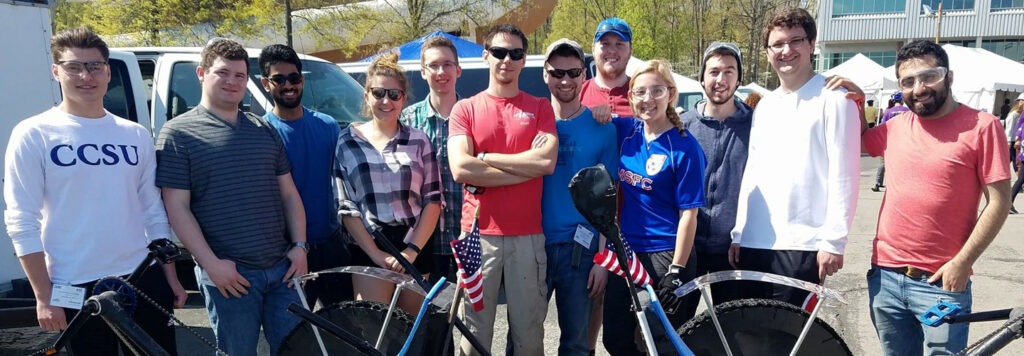
Project Details:
- The Challenge: Design, build, and test technologies that enable a human-powered rover vehicle to operate in harsh environments for NASA’s Human Exploration Rover Challenge.
- The Solution: Mastercam design
- Benefits:
- The Mastercam Edit Spline function refines splines and the Sprocket feature helps create geometries for sprockets to ensure fit into the transmission base.
- A one-piece steel axle is designed in CAD software to prevent breakage and improve overall vehicle performance.
- The streamlined CAD engine permits ease-of-use. Traditional functions are consolidated into a few clicks, simplifying complex parts.
- Wireframe, surface, and solid modeling allows straightforward geometry modeling and editing.
The mission of the competition is to inspire participants to become engineers who will one day design NASA’s next-generation space systems. The contest mimics the actual challenges that explorers face in interplanetary space. Entries are two-person, collapsible, pedal-powered vehicles.
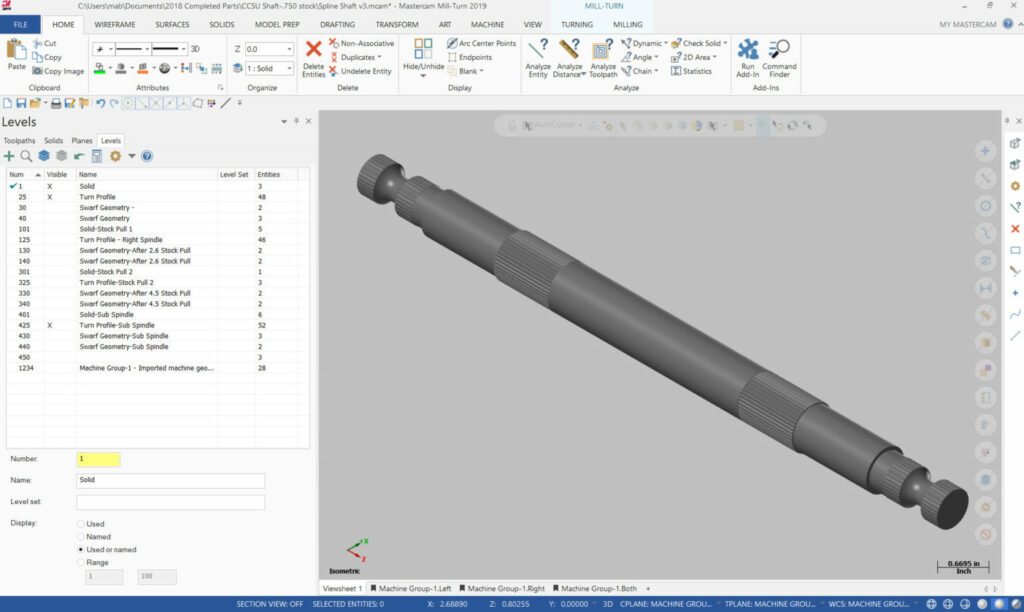
Within the college-level challenge, 114 teams from around the globe register, including a team from Central Connecticut State University, New Britain, CT. It was assisted by engineers from neighboring CNC Software, Inc., who have aided CCSU’s rover team for the past few years.
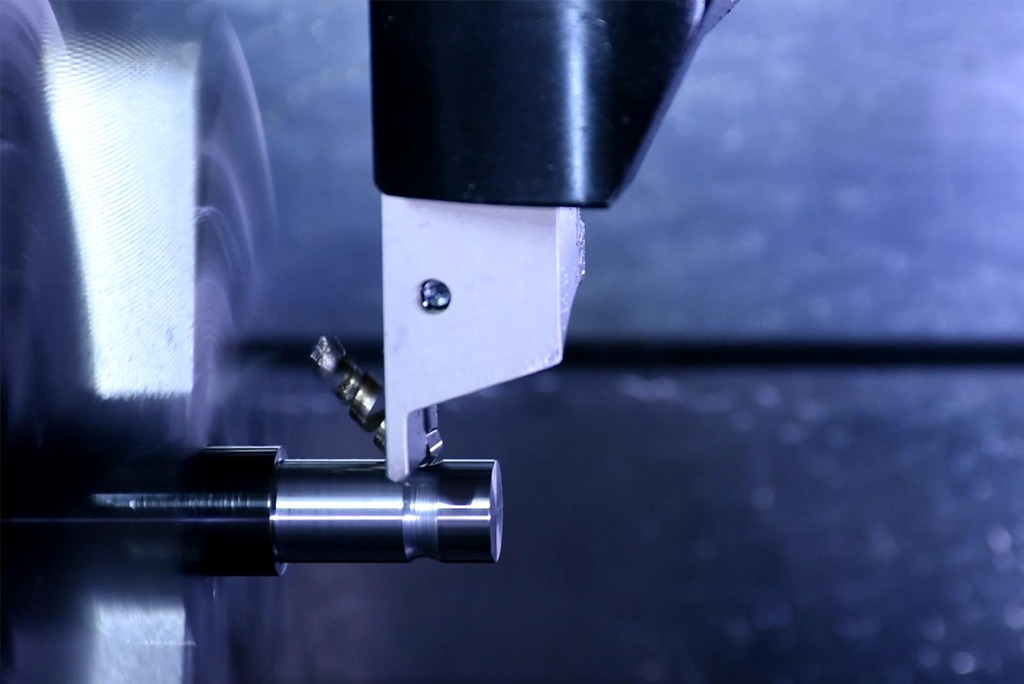
Tristian Sudac, CCSU student and project leader of the university’s 12-person rover team, says that his group designed a vehicle that runs on a drivetrain similar to a bicycle’s, employing a chain moving between two sprockets. The rover is five feet in length and constructed almost entirely of carbon fiber. Using a strong, lightweight material is crucial as the vehicle has to traverse rugged topography and out-of-this-world obstacles. To the delight of entrants, museum exhibits are incorporated into the racecourse.
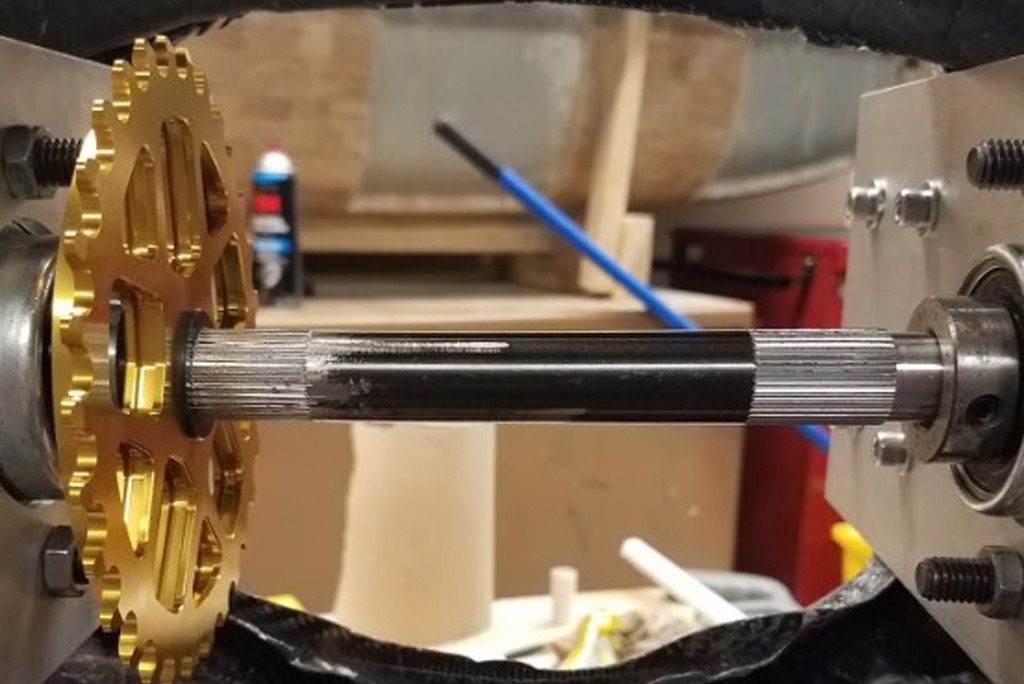
Rowan-Cabarrus Community College is doing its part to address the labor crisis by serving 25,000 students at seven locations throughout North Carolina’s Rowan and Cabarrus counties.
“We actually drive through a moon crater exhibit, which is pretty cool because it’s the closest thing to driving on the moon,” said Sudac.
Inspired by Apollo lunar missions and future space exploration, the half-mile course features 14 obstacles and five tasks, all to be performed while operating on a virtual six-minute supply of oxygen.
“There is a specific area to mimic the terrain of Mars,” adds Sudac. “It has giant boulders and, if you are not careful or don’t have a good enough suspension system, you can hit a boulder and completely destroy your vehicle within an instant.”
The course features moon craters, boulders, sandpits, rock beds, speed bumps, erosion ruts, simulated asteroid debris, and a four-foot hill. Two-person teams have objectives like collecting water and ground samples or taking photos. To handle new competition obstacles and requirements, the CCSU team creates a robust rover design. Sturdiness and size are paramount: all vehicle entries are required to fit into a lander equipment bay (5 ft. x 5 ft. x 5 ft.). The CCSU team relies on CAD software for designing its rover. One particular component garnered special attention.
“We use Mastercam CAD software to design the axle, one of the most crucial parts for us,” says Sudac.
In the past, the team had performance issues with its rover axle, which was comprised of two or three steel pieces. In a race a couple of years ago, a shaft failure occurred when the axle sheared on both sides. This year, the students used Mastercam to design a shaft from one solid piece of steel.
“That way, it wouldn’t break,” said Sudac. “And it didn’t.”
Sudac and his team model the blind shaft in Mastercam. The Edit Spline function is used to refine splines while the Sprocket feature helps create geometries for sprockets to ensure that they will fit into the base of the transmission. Unable to manufacture a 4-axis part with CCSU’s machine capabilities, the students sought the help of CNC Software Inc. engineers who created G-code and produced the rover axle.
“When it comes to voluntary machine time for schools, we very rarely say no,” said Mark Baker, Applications Engineer, CNC Software, Inc.
After its previous design failed, the CCSU team creates a more flexible, durable configuration and produces the axle from one solid piece of chromoly steel. Machining of the ¾” x 10” part on a Mazak Mill-Turn Integrex i100 ST takes two hours.
The new axle is the heart of an entirely redesigned rover. The team does not place among the top 10 finishers, but it does create the first composite leaf-suspension system in the NASA challenge. Thanks to a streamlined CAD engine, students benefitted from the software’s ease-of-use. Creating complex parts is simplified and wireframe, surface, and solid modeling allows straightforward geometry modeling and editing.
“Mastercam makes it very easy for us to make something that will not fail when we need it to succeed,” said Sudac. “It pulled through tremendously.”
Ke Wang, CNC Software’s Manager of Applications Engineering, says his group’s collaboration with CCSU is mutually beneficial. Rover team members improve the design and durability of their vehicle and CNC Software engineers have a close-up view of the next generation of CAD/CAM software users. “Working with students really opens our minds about how the young generation interacts with the software,” says Wang.
The future of manufacturing looks bright. To help strengthen it, CNC Software, Inc. will continue to partner with educational institutions and seek valuable feedback from the next generation of CAD/CAM users.
Customer Quote
“Mastercam made it very easy for us to make something that we knew would not fail when we needed it to succeed. It pulled through tremendously.”
—Tristian Sudac, Engineering Student and Project Leader, Central Connecticut State University, New Britain, CT
